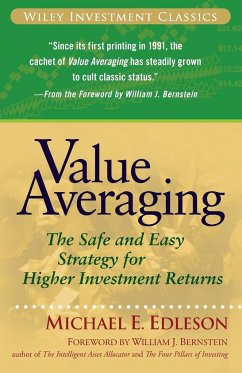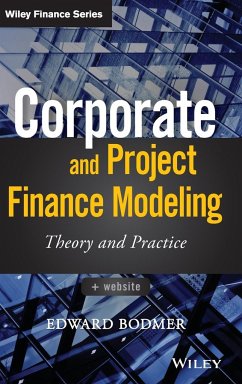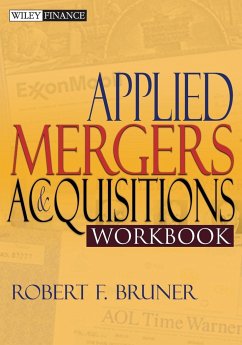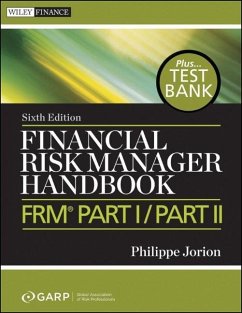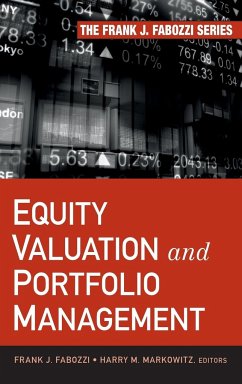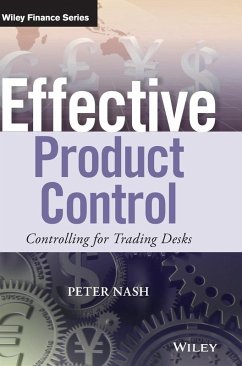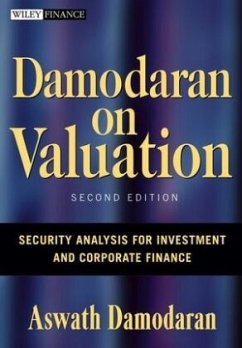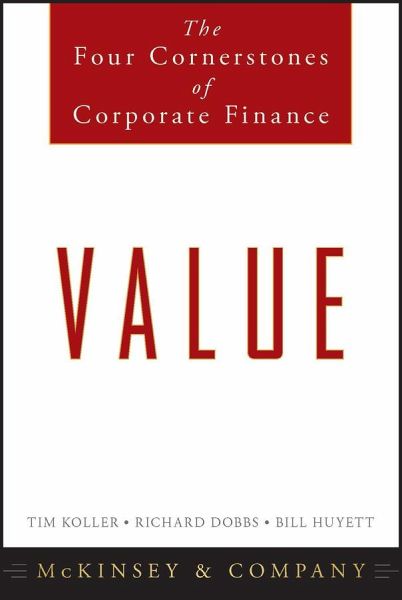
Value
The Four Cornerstones of Corporate Finance
Versandkostenfrei!
Versandfertig in 2-4 Wochen
30,99 €
inkl. MwSt.
Weitere Ausgaben:

PAYBACK Punkte
15 °P sammeln!
An accessible guide to the essential issues of corporate financeWhile you can find numerous books focused on the topic of corporate finance, few offer the type of information managers need to help them make important decisions day in and day out.Value explores the core of corporate finance without getting bogged down in numbers and is intended to give managers an accessible guide to both the foundations and applications of corporate finance. Filled with in-depth insights from experts at McKinsey & Company, this reliable resource takes a much more qualitative approach to what the authors consid...
An accessible guide to the essential issues of corporate finance
While you can find numerous books focused on the topic of corporate finance, few offer the type of information managers need to help them make important decisions day in and day out.
Value explores the core of corporate finance without getting bogged down in numbers and is intended to give managers an accessible guide to both the foundations and applications of corporate finance. Filled with in-depth insights from experts at McKinsey & Company, this reliable resource takes a much more qualitative approach to what the authors consider a lost art.
Discusses the four foundational principles of corporate finance
Effectively applies the theory of value creation to our economy
Examines ways to maintain and grow value through mergers, acquisitions, and portfolio management
Addresses how to ensure your company has the right governance, performance measurement, and internal discussions to encourage value-creating decisions
A perfect companion to the Fifth Edition of Valuation, this book will put the various issues associated with corporate finance in perspective.
While you can find numerous books focused on the topic of corporate finance, few offer the type of information managers need to help them make important decisions day in and day out.
Value explores the core of corporate finance without getting bogged down in numbers and is intended to give managers an accessible guide to both the foundations and applications of corporate finance. Filled with in-depth insights from experts at McKinsey & Company, this reliable resource takes a much more qualitative approach to what the authors consider a lost art.
Discusses the four foundational principles of corporate finance
Effectively applies the theory of value creation to our economy
Examines ways to maintain and grow value through mergers, acquisitions, and portfolio management
Addresses how to ensure your company has the right governance, performance measurement, and internal discussions to encourage value-creating decisions
A perfect companion to the Fifth Edition of Valuation, this book will put the various issues associated with corporate finance in perspective.



